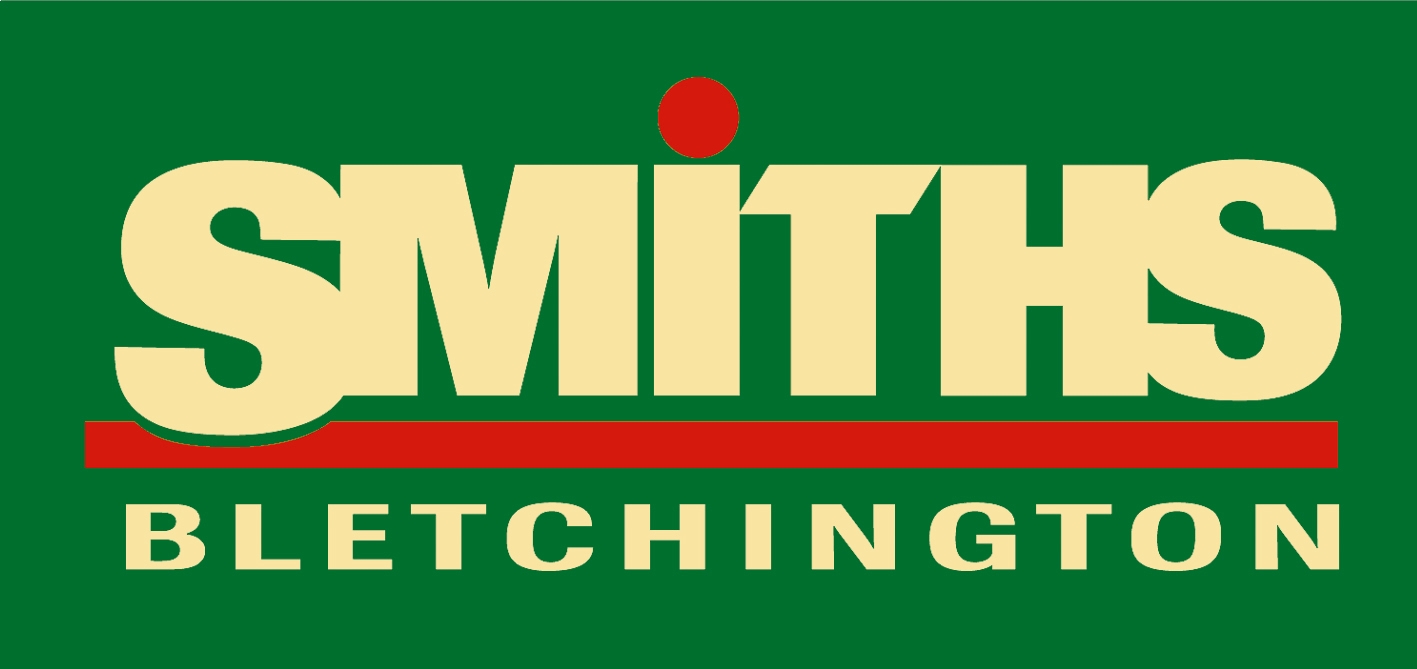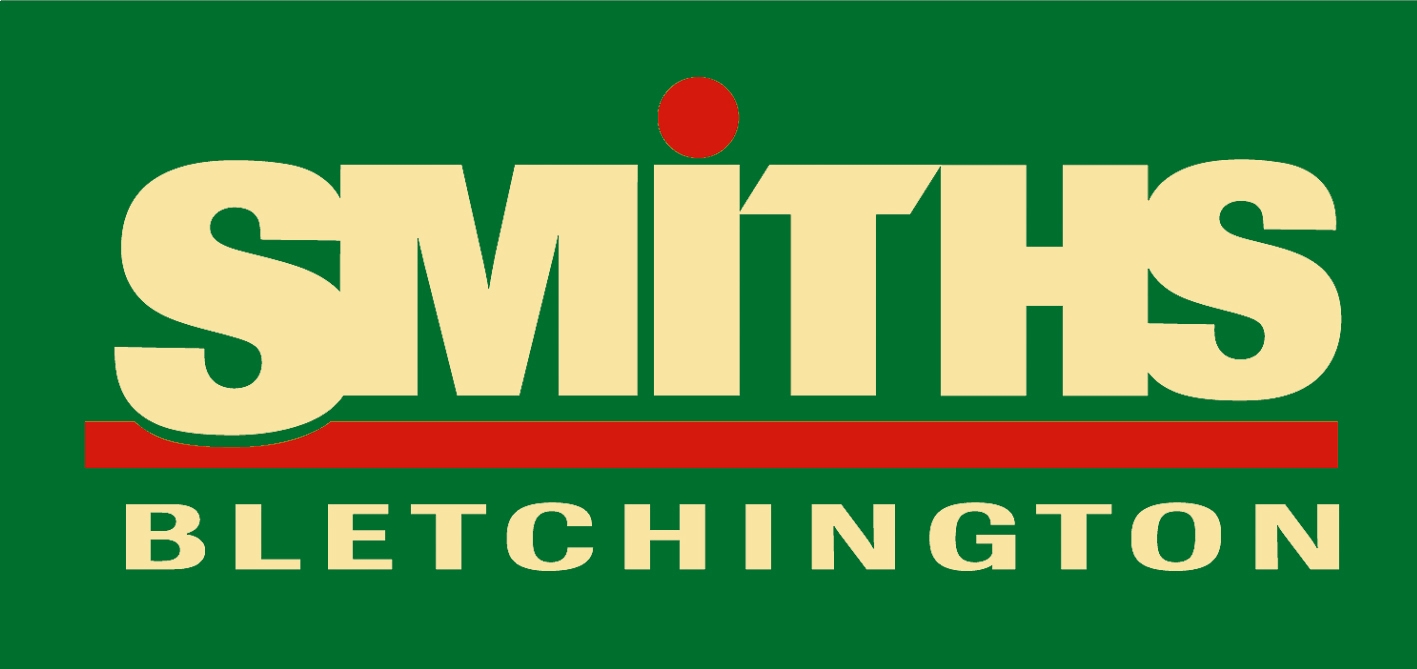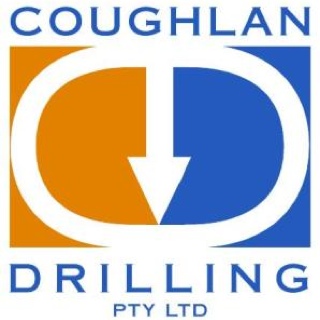Title Page
-
Client
-
Report reference
-
Premises address
-
Date assessment conducted on
-
Assessment completed by
-
Review of assessment due
-
Any previous assessments
-
Date of previous assessment
Introduction and Assessment of Risk
Introduction
-
This risk assessment has been carried out to ascertain the possible risk of contracting Legionellosis, including Legionnaire’s disease, from water systems and to identify remedial works required and produce a scheme for the prevention or control of the risks. This report relates to the risk assessment and water hygiene survey completed for this facility.
Assessment of Risk
-
To assess the risk of Legionella Bacteria associated with water usage at this site, each of the water services are surveyed and allocated scores. The scoring system enables necessary remedial actions to be easily prioritised. This method of assessment is designed to identify features, which contribute or combine to
form an increased risk and to aid in the design of a scheme to control the risk from Legionella bacteria.
A Group Susceptibility Rating relating will be applied for any type of population group that would be at risk if exposed to Legionella bacteria. This is based on the general age, gender, and health conditions of the at risk.
In accordance with ACOP L8 (2013) – This risk assessment must be reviewed regularly and/or whenever there is reason to believe that the original assessment may no longer be valid.
We cannot guarantee that all pipe work passing underground or through floors, walls and ceilings has been traced, and it is possible that certain system dead-ends or dead legs may not have been identified. As a result, the schematic diagram(s) contained within this report only detail the visible or assumed pipe work.
Water Services Register
-
Mains water supply
-
Other water supplies to site
-
Cold water storage and distribution services
Domestic Hot Water Services
-
Storage calorifiers
-
Instantaneous water heaters, plate exchangers, combi boilers
-
Point of use water heaters
-
Volume storage water heaters
Spray Humidifiers
-
Air washers
-
Steam humidifiers
-
Wet scrubbers
Other Systems
-
Showerheads
-
Little used outlets
-
Cooling towers and evaporative condensers
-
Ventilation and air conditioning systems
-
Ultrasonic humidifiers
-
Foggers and water misting systems
-
Humidification systems
-
Water softeners
-
Closed heating system
-
Display fountains/indoor water features
Miscellaneous systems
-
Emergency showers and eyewash stations
-
Sprinkler and hose reel systems
-
Lathe and Machine tool coolant systems
-
Spa baths / Whirlpools
-
Horticultural misting systems
-
Dental equipment
-
Vehicle washing systems / Spray booths / Water Curtains
-
Industrial process water
-
Adiabatic coolers
-
Others (provide details)
-
Only systems/pipework that are clearly visible have been identified. We cannot guarantee that systems/pipework has been traced in areas that are inaccessible, and pass underground through walls, floors, and ceilings.
Management Systems
Building Overview
-
Site Description
-
Water Supply Company
-
Incoming water main location
Duty Holder
-
Name of Statutory Duty holder
-
Name of Responsible Person
-
Deputy Responsible Person
Records
-
Person onsite responsible for the maintenance of records
Risk Assessment
- Water Heaters
-
Type
-
Instantaneous or Point of Use water heaters present little risk of harbouring Legionella bacteria due to the nature of the plant. They are not required to reach any temperature criteria but should be in good condition and inspected frequently.
-
Low Volume (<25 Litres) water heaters present a slight risk of Legionella and should be monitored in accordance with ACOP L8 and HSG 274.
-
Where water heaters store over 25L of water they present a larger risk of Legionella and as such subject to a higher degree of inspection.
-
Location
-
Make/model
-
Condition
What is the temperature
-
The Health & Safety Executives ACOP L8 tells us that the hot water temperature at outlets should be above 50oC within one minute, and the cold below 20oC after two minutes.
-
Picture
Cold Water Outlet Temperature
-
Outlet location/description
What is the cold water temperature at water outlets after 2 minutes?
-
The Health & Safety Executives ACOP L8 tells us that the hot water temperature at outlets should be above 50oC within one minute, and the cold below 20oC after two minutes.
-
Picture
Hot Water Outlet Temperature
-
Outlet location/description
What is the hot water temperature at water outlets within 1 minute?
-
The Health & Safety Executives ACOP L8 tells us that the hot water temperature at outlets should be above 50oC within one minute, and the cold below 20oC after two minutes.
-
Picture
Cold Water System
-
Drinking water outlets labelled
-
Is a cold water storage tank present?
-
Is the cold water tank accessible?
-
Does it have a tight-fitting lid?
-
Is the water in the tank clean and free from rust, debris, scale, and organic matter?
-
Is the cold water tank insulated?
What is the temperature in the tank?
Hot Water System
-
Are high temperature outlets labelled to warn of scald risk
-
Is the temperature setting on the boiler and/or hot water tank such that hot water is heated to and stored at a temperature of 60 ° celsius?
-
Are the hot water distribution pipes insulated?
-
If more than one calorifier is used, are they connected in parallel?
-
Does the calorifier have everything fitted?
- Drain valve
- Temperature gauge on the inlet and outlet
- An access panel
- N/A
-
Does the calorifier have everything fitted?
- Drain valve
- Temperature gauge on the inlet and outlet
- An access panel
- N/A
Showers
-
Are there any showers?
-
Are there arrangements in place to flush them through on at least a weekly basis?
-
Are there arrangements to clean and disinfect the shower heads and hoses on at least a quarterly basis?
Little Used Outlets
-
Are there any water outlets that are used less than once per week e.g. guest bathrooms?
-
Are there arrangements in place to flush them through on at least a weekly basis?
Dead Legs and Redundant Pipework
-
Sections of pipework which are redundant or owing to the system design and have little/no through the flow of water (knows as 'dead legs") can allow water to stagnate in the system.
-
Are there any dead legs on the property?
-
Where in the facility?
Risk Assessment Scoring
-
Maintaining and monitoring appropriate records
-
Are tanks and outlets free from scale
-
Are dead-ends / blind ends evident
-
System design - Do TMVs supply long pipe runs or multiple outlets
-
Group susceptibility factor - high risk groups
Total Score
-
Total score out of 50
Final Risk Rating
-
-
Rating
















